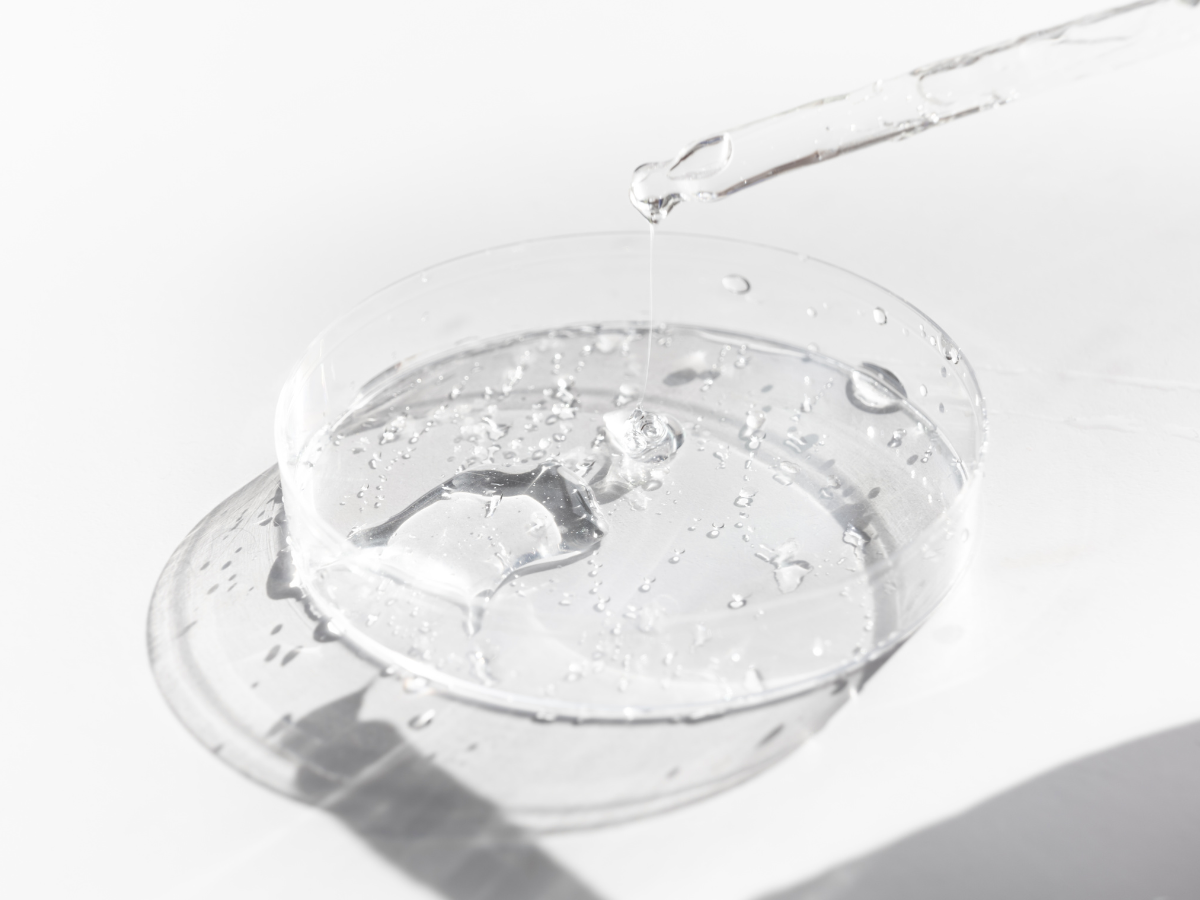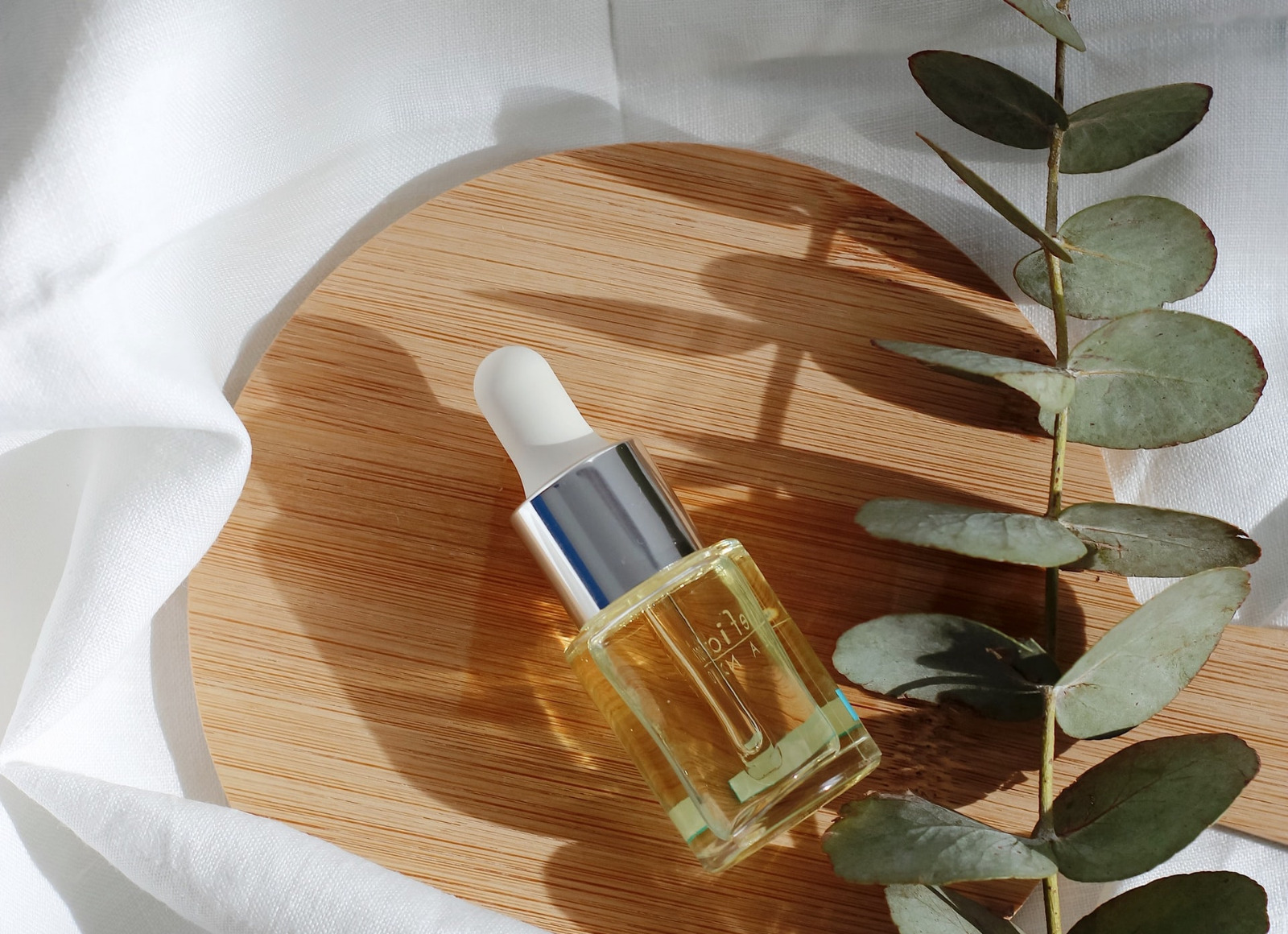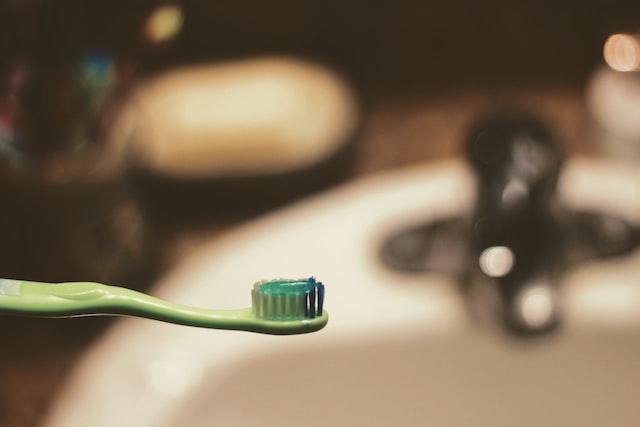What’s new?
Taking in consideration the previous opinion on June 9, 2023, the SCCS assessed the safety of exposure to Salicylic Acid for children of the age group between 3 and 10 years old and concluded the following:
- Salicylic acid is not considered safe for children aged 3-10 years when used at 0.5%, due to concerns regarding aggregate exposure. With the exception of body lotion, it is safe in single products, when used alone.
- The SCCS determined that a reduced concentration of 0.1% in dermal products and 0.5% in toothpaste would be safe for this age group. However, it is not considered safe in mouthwash.
This opinion does not apply to any sprayable products (including mouth spray) that could lead to inhalation exposure.
Salicylic acid is classified as an eye irritant with the potential to cause serious eye damage.
The assessment only applies to salicylic acid, not other salicylates or salicylic acid salts.
The environmental impact was not evaluated.
What now?
The opinion is open for comments until March 10 2025.






